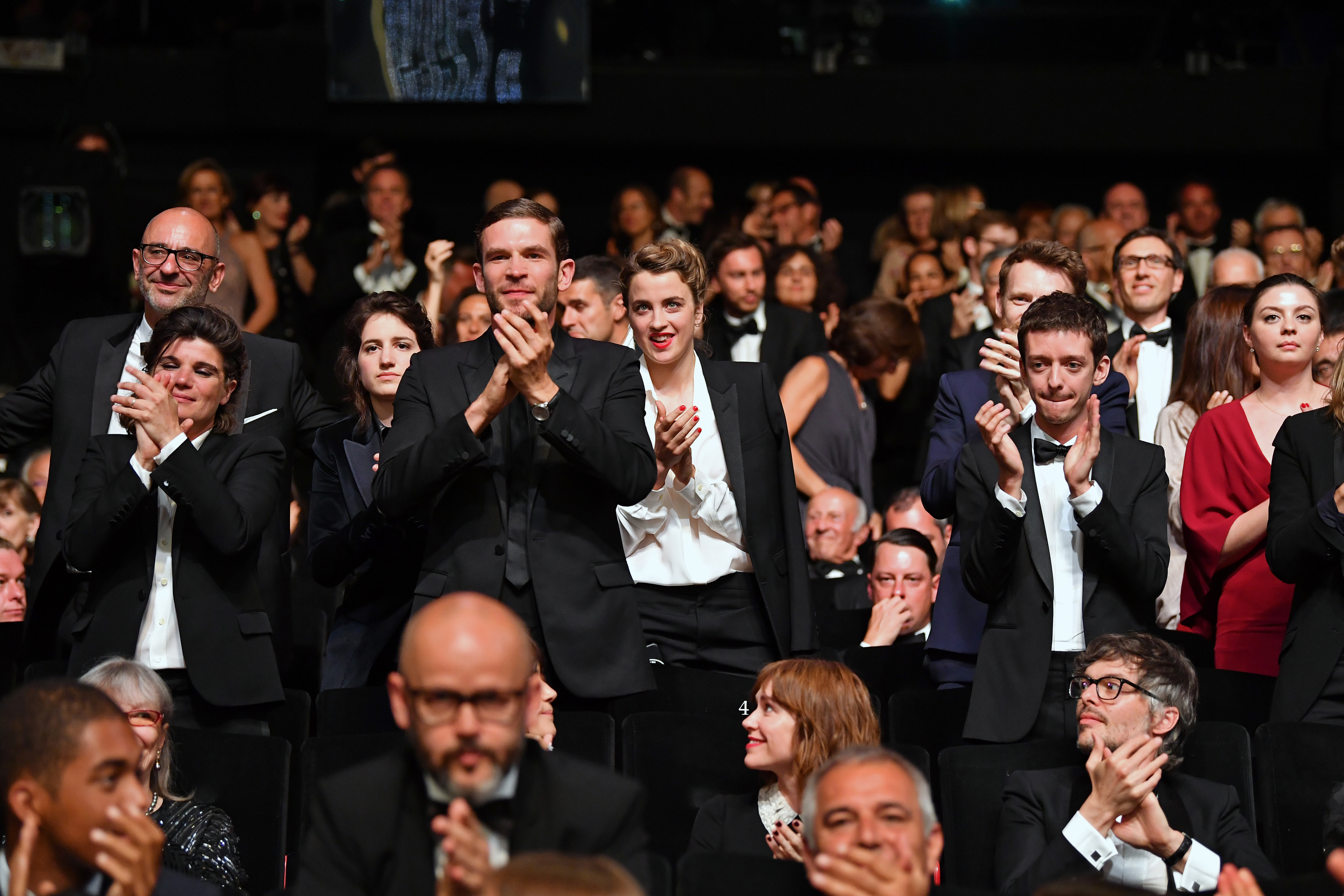
The unofficial record for the longest standing ovation has officially been broken.
Previously held by Guillermo del Toro’s Pan’s Labyrinth, which received a whopping 22 minutes of applause at Cannes Film Festival in 2006, the record now belongs to Kaouther Ben Hania’s The Voice of Hind Rajab, which received over 23 minutes of applause at Venice Film Festival.
The act was a rare return to what a standing ovation used to mean, but these days does it still hold the same weight?
READ MORE: Bruce Willis’ wife opens up over on ‘heartbreaking’ decision
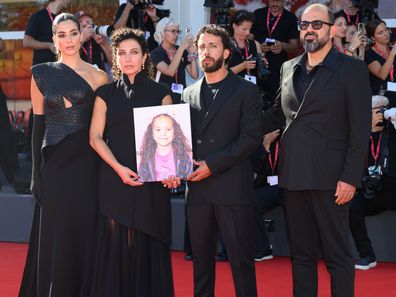
The kind of applause given to both Pan’s Labyrinth and The Voice of Hind Rajab were those of passion – no one applauds for more than 20 minutes out of duty.
But over the past decade, critics claim we have lost the true meaning of what a standing ovation should be.
What was once an outburst of adoration and appreciation for a film is now seen as a measure of a film’s monetary worth and a mere marketing ploy.
COO of Picturehouse, Jeanne Berney, was in the theatre when Pan’s Labyrinth received its ovation in 2006, telling Deadline it was a “once-in-a-lifetime” experience.
”When the ovation started, everyone just kind of normally stands up and, you know, isn’t that great? The cameras are panning across,” she recalled.
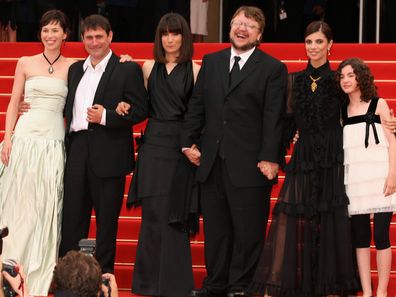
“But then as it just kept going, and Guillermo’s warmth in the moment and his reaction as it continued to go on and on … We just couldn’t believe we were still clapping 10 minutes in, 15 minutes in, but nobody wanted to stop, and they were all so gracious.”
Once, when a film received a long standing ovation, it was the kind of accolade that would be plastered on promotional posters.
“The film that received a 15-minute standing ovation at the Cannes Film Festival!” read a billboard for Richard Fleischer’s 1959 flick Compulsion.
If a film received no standing ovation or even a short one, no fuss was made of it.
For a daily dose of 9honey, subscribe to our newsletter here.
But about one decade ago, we reached a turning point.
Publications such as Deadline, Variety and The Hollywood Reporter began to record and report on every standing ovation as reporters and publicists came to realise a new value in the act.
Deadline‘s International Box Office Editor, Nancy Tartaglione, wrote that she remembers a distinct shift in the way we view a standing ovation when Quentin Tarantino decided to speak to the theatre audience at the ending of his 2019 film Once Upon A Time In Hollywood at Cannes.
Directors and talent rarely if ever addressed the audience after a film, but when Tarantino did it, the theatre ate it up.
So, Cannes Film Festival chief Thierry Frémaux saw an opportunity and decided to implement what today is seen as common practice.
At the end of a film, a microphone is handed to a director and a camera operator instructed to focus on the famous faces in the audience.
While timers stop when talent or directors speak, the timers are restarted when audience members resume their applause.
Today, we see more stars than ever tearing up at the end of their film’s screening, almost as if the theatrics after the film are apart of the show.
READ MORE: Robert Irwin on how his dad would have reacted to his new gig
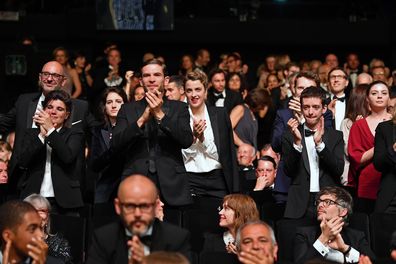
The more dramatic the cast and crew’s reaction, the longer the audience is likely to keep reacting.
Of course, a longer standing ovation generates public excitement for a film as videos of the moment are shared across social media and headlines plastered around the world, but it doesn’t always translate to overall success.
Some fear a longer standing ovation can heighten expectations around a film, something that can be quite damning when heading into awards season.
In 2019 The Joker received an eight-minute standing ovation in Venice, going on to win two Oscars. In 2024, the sequel Joker: Folie à Deux was applauded for nearly 13 minutes and went on to be a critical and commercial flop.
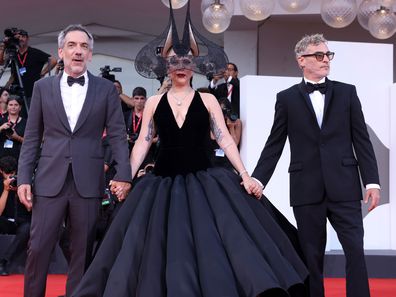
So while it may work as a great marketing ploy, the standing ovation has very little to zero affect on a film’s success during awards season.
In 2019, Bong Joon Ho’s critically acclaimed Parasite – which won the Palme d’Or, four Oscars and was named by Rolling Stone as the fourth best film of the 21st century – received just a five-minute standing ovation due to the director cutting the audience off.
When given the microphone, he said “thank you” in both Korean and English before telling the audience, “Let’s all go home”.
Some suggested he simply wanted to avoid the fanfare, whereas others theorised it was a strategic move to avoid any disappointment from critics due to an overhyped applause affecting the film’s run in awards season.
READ MORE: Renée Zellweger’s partner sparks marriage rumours with one word
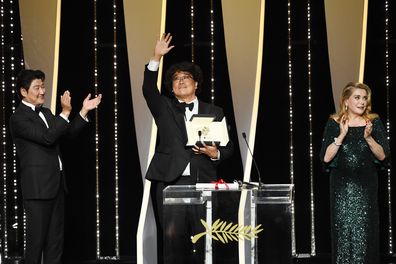
The standing ovation used to be an act of the highest acclaim, but now it’s been simply reduced to a marketing ploy.
Critics have argued the rise of the standing ovation can be directly linked to a demise in cinema, with events such as the Cannes and Venice film festivals losing their prestige for playing into it.
Whatever you believe, though, just remember that today, a standing ovation is more about the people than it is the film.
FOLLOW US ON WHATSAPP HERE: Stay across all the latest in celebrity, lifestyle and opinion via our WhatsApp channel. No comments, no algorithm and nobody can see your private details.